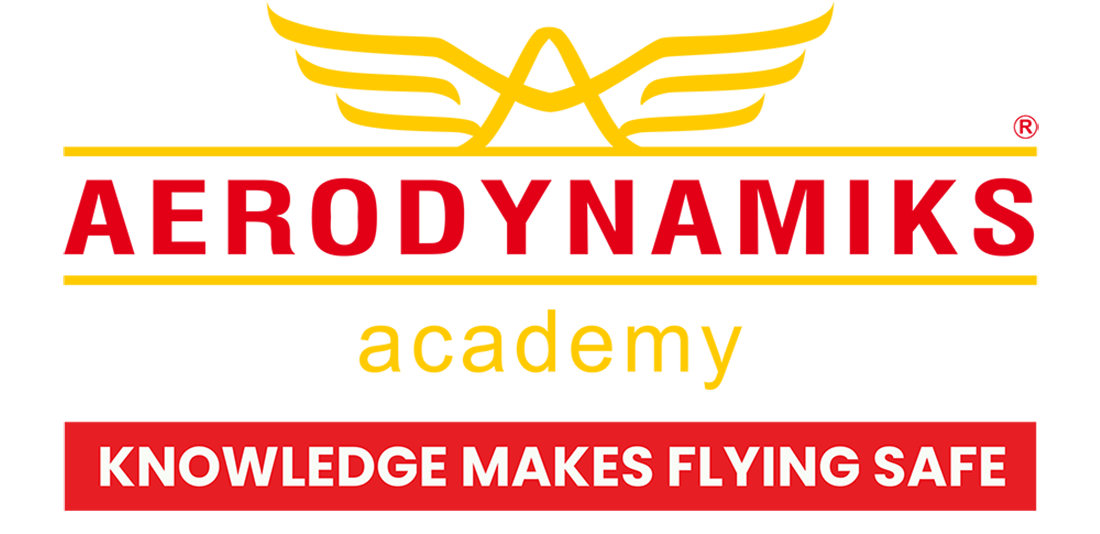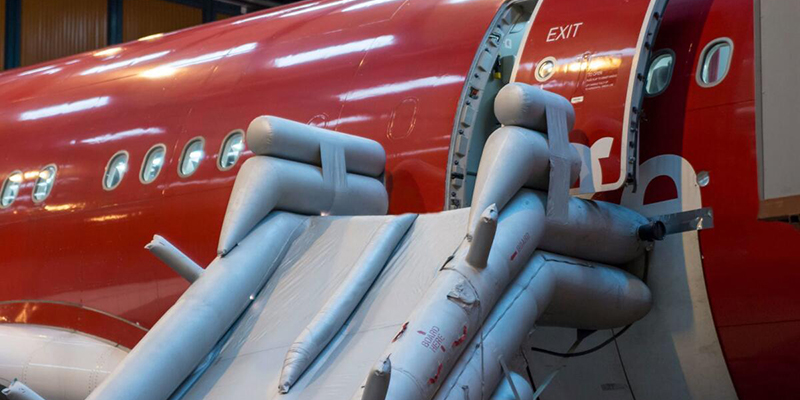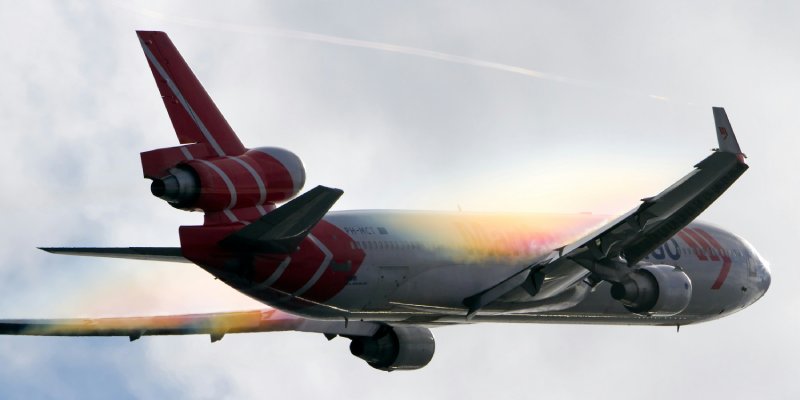Have you ever noticed cabin crew members checking the aircraft doors before takeoff and after landing while saying something like “crosscheck” into their handsets? This isn’t just routine—it’s a vital safety procedure called “arming” and “disarming” that could save lives in an emergency. Let’s explore what this crucial process involves and why it matters.
What Does "Arming" an Aircraft Door Mean?
When an aircraft door is “armed,” it means the emergency evacuation slide (or slide/raft) is connected to the door opening mechanism. In simple terms:
When a door is armed:
- Opening the door will automatically trigger the evacuation slide to deploy
- The slide will inflate within 6-10 seconds, creating an emergency exit path
- This happens automatically, without any additional action required
This automatic deployment is critical in emergencies when every second counts. Imagine if the aircraft needed to be evacuated quickly—there wouldn’t be time for crew to manually set up evacuation equipment.
What Does "Disarming" an Aircraft Door Mean?
Conversely, when a door is “disarmed,” the connection between the door and the evacuation slide is deactivated. This means:
When a door is disarmed:
- Opening the door will NOT deploy the evacuation slide
- The slide remains packed in its container
- Normal boarding and deplaning can occur without slide deployment
Disarming is essential during normal operations—imagine the chaos (and expense) if slides deployed every time a door opened at the gate!
The Arming Process: Step by Step
Before each departure, cabin crew follow these procedures to arm the doors:
1. Visual Inspection
- The girt bar (the metal bar attached to the slide) is in good condition
- The door mechanism appears intact
- The slide pack shows no visible damage
2. The Physical Arming Action
After the door is closed and secured for departure, the crew member:
- Moves the arming lever (usually red) to the “armed” position
- Places the girt bar into its floor brackets or housing
- This connects the slide to the door operation mechanism
3. Visual Confirmation
The crew member verifies the door is properly armed by checking:
- A visual indicator (often a small window with red/green coloring)
- The position of the arming lever
- The secure placement of the girt bar
4. Verbal Confirmation
The crew member then:
- States “armed” while pointing at the door’s arming indicator
- Reports door status to the lead flight attendant
- Participates in cross-checking other doors
The Cross-Check: Double-Layer Safety
“Cross-check” is a term you’ll often hear during door procedures. It means:
- Each crew member visually verifies that other nearby doors are properly armed
- Multiple crew members confirm each door’s status
- No door is left unchecked
This redundant verification eliminates the possibility of a single oversight compromising safety.
The Disarming Process: Step by Step
Upon arrival at the destination, the process is reversed:
1. Awaiting Clearance
Before disarming, crew members:
- Wait for the aircraft to come to a complete stop
- Receive the “disarm doors” command from the captain
- Confirm ground equipment is properly positioned
2. The Physical Disarming Action
The crew member then:
- Moves the arming lever to the “disarmed” position
- This disconnects the automatic slide deployment mechanism
- In some aircraft, they may remove the girt bar from its housing
3. Visual and Verbal Confirmation
Similar to arming, the crew member:
- Checks visual indicators showing “disarmed” status
- States “disarmed” while pointing to the indicator
- Reports to the lead flight attendant
4. Final Cross-Check
Before opening any door:
- All doors must be confirmed disarmed
- The lead flight attendant verifies all doors are reported disarmed
- Only then are doors cleared to open
The Consequences of Improper Arming / Disarming
The importance of these procedures becomes clear when we consider the consequences of errors:
If doors are not properly armed during an emergency:
- Evacuation slides might not deploy
- Precious seconds would be lost in manual deployment
- This could critically delay evacuation
If doors are not properly disarmed during normal arrival:
- Opening the door would trigger an unintended slide deployment
- This “inadvertent slide deployment” is dangerous and extremely costly
- It can cause injuries to ground crew or damage to equipment
- Each deployment costs airlines $25,000-$50,000 to repack and recertify the slide
The Equipment: What Makes It Work
The arming/disarming system consists of several key components:
The Girt Bar
- A sturdy metal bar attached to the evacuation slide
- In many aircraft, it’s placed into floor brackets when armed
- It physically connects the slide to the aircraft floor
The Arming Lever
- Usually colored red for visibility
- Moves between “armed” and “disarmed” positions
- Controls the mechanical connection between door and slide
Visual Indicators
- Small windows with color coding (typically red for armed, green for disarmed)
- Provide clear visual confirmation of door status
- Located where crew can easily see them during checks
Training for Perfection
Cabin crew undergo rigorous training on door operations:
- They practice arming and disarming on actual aircraft or realistic mockups
- They must demonstrate proficiency on each aircraft type they’ll work on
- They rehearse these procedures until they become second nature
- Regular recurrent training ensures skills remain sharp
Next Time You Fly...
Now that you understand this critical safety procedure, you might notice:
- Cabin crew checking door indicators before takeoff
- The careful attention they give to doors during boarding and deplaning
- The calls of “armed,” “disarmed,” and “cross-check” between crew members
This seemingly small procedure represents one of the most important safety systems on any commercial aircraft—a system designed to save lives in the critical minutes following an emergency.
The next time you hear a flight attendant announce “cabin crew, doors to arrival and cross-check,” you’ll know exactly what’s happening: they’re preparing the aircraft for your safe arrival by methodically disarming each emergency evacuation system.
Have you ever witnessed an evacuation slide deployment or noticed cabin crew performing their door checks? Share your experiences in the comments below!






